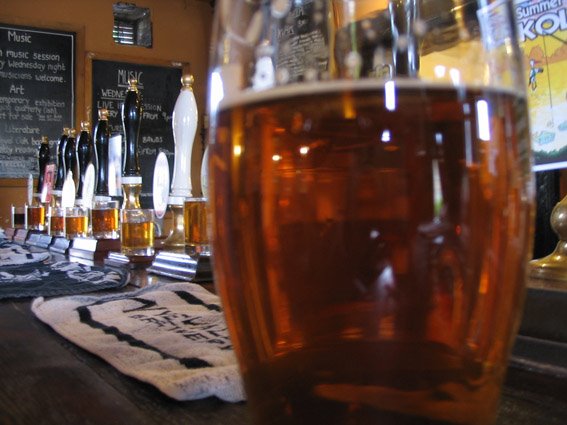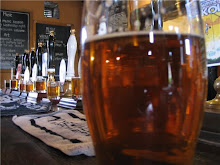35 years old. That, according to Greene King’s clipboard-men, is the age that the average British male settles on his ‘usual’. Perhaps the elastic of a birthday party-hat restricts blood flow to the brain or he catches the Reaper’s eye over the punch bowl but, either way, this is the momentous age at which the compound creature settles down to drinking monogamy. From this moment on he forsakes all other beer brands in favour of the familiar, until that one bottle has to be prized from his cold, dead fingers – or cirrhosis of the liver sets in, whichever comes first.
But the depressing part of this news is that this unquestioning commitment to one drink for forty years is apparently based on a sampling of just seven different brands. Seven beers? That hardly seems enough to see you through a heavy Friday or a weekend break in Brussels, let alone the 4.39 stag nights that each average British male endures before his 35th birthday. (Probably. Based on a sample of one average British male, who left stag party number five rather early.)
Take a quick sample of the big sellers in off-licences – or a glance in the hedges, canals and gutters of the nation – and the names form a litany of mediocrity that owes more to the test-tube than the brewer’s art: Stella, Carling, Foster's, Carlsberg, Budweiser, Carlsberg Export, Kronenbourg 1664.
So in the hope of opening a nation’s eyes (even if I have to use the lid-lifting Ludovico Technique from A Clockwork Orange), I will offer over the next few days seven other examples of beer styles that might prove a little more inspiring, exciting or, in one or two cases, mildly terrifying.








